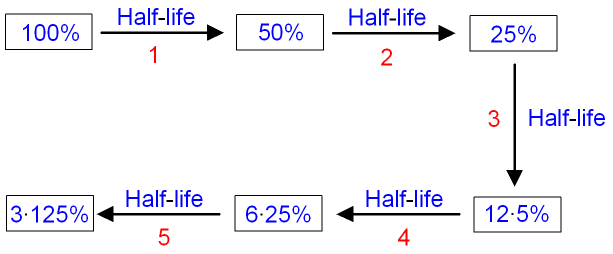

This may involve cleaning to remove obvious contaminants and/or reduction of particle size of the sample.Ĭleaning involves the physical, rather than chemical, removal of obviously intrusive materials. In many cases further physical pretreatment is required. Communication between the radiocarbon researcher and the sample collector is integral to this process.Īll samples are physically examined to evaluate the composition and preservation of the sample, and to determine the appropriate pretreatment plan. Selecting the appropriate pretreatment plan depends on the unique attributes of the sample itself, such as the sample type, potential contaminants, the burial context, and the size and preservation of the sample. The goal of sample pretreatment is to isolate the carbon fraction required for radiocarbon dating and to remove carbon fractions that are altered or contaminated. Contaminants are carbon-containing materials that are not indigenous to the original organic material being dated. I am going to present an overview of the situation and a revised chronology of the Neolithic and Bronze Age sites from the inner alpine area and recommend a radiocarbon-based view on the development of the material culture.In general, it should be assumed that all samples are affected by some form of alteration or contamination. A landscape archaeological study of the central Alps (P0BEP1_165306) “ we were able to generate new samples for Radiocarbon dates from Neolithic and Bronze Age Sites such as Lutzengüetle, Savognin, Padnal Donath, Sursés and Laax-Salums. New radiocarbon dates from different sites such as graves and settlements give us the opportunity to get a clearer view on the absolute dating of the sites from this area.With the SNF-Project: “Chronology, mobility and cultural transfer. The archaeology showed its significant influence in the development of the radiocarbon technology in the last decades. Until a few years ago there existed only a couple of old radiocarbon dates to prove the chronology for the inner alpine area. The Neolithic and Bronze Age chronology for the inner alpine area was always based on comparisons of the material culture from dendrodated lake dwellings from Switzerland or southern Germany. Therefore Bronze Age is the period for which the most intense prehistoric land expansion can be postulated in the Alps. The broad range of local resources in new territories and strategically well-controlled areas suggest simultaneously a pull effect towards the Alps. Between 3000-2500 BC the region is subject to massive changes which cause a push effect towards marginal, less densely populated areas. From the beginning of the Neolithic to the Bronze Age clear influences from the northern and southern regions are noticeably in favour of trade routes across the alpine passes. Already Neolithic finds show evidence of exchange and communication between inner alpine and pre-alpine regions. In prehistoric times this central axis was used as a settlement area and formed an excellent alpine transit route. The Alpenrhein valley forms the main access to the central Alps and leads directly into the south alpine area between the Lake Maggiore and the Lake Como. While the mountains prevent mobility, the valleys and passes create natural axes for material exchange and communication. Invited: Radiocarbon dating in archaeology: New examples and case studies from the inner alpine area in Switzerland and Liechtenstein The Alps in southern Central Europe act as a barrier and communication space at the same time.


 0 kommentar(er)
0 kommentar(er)
